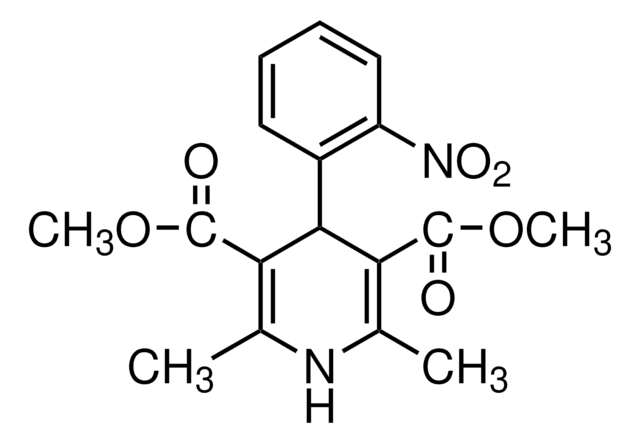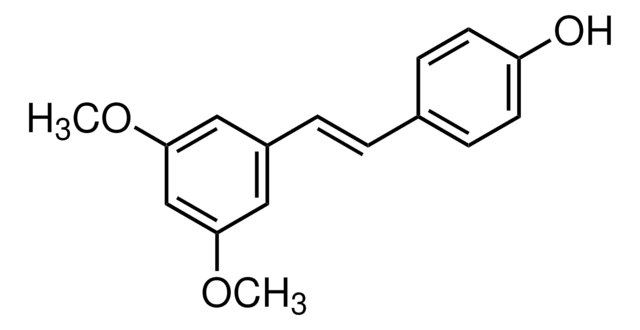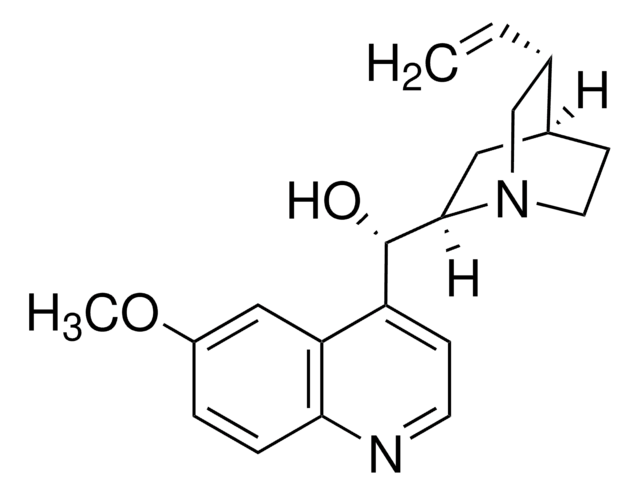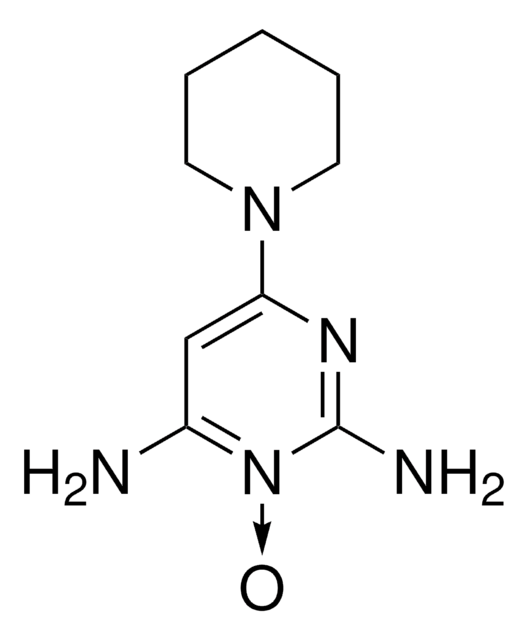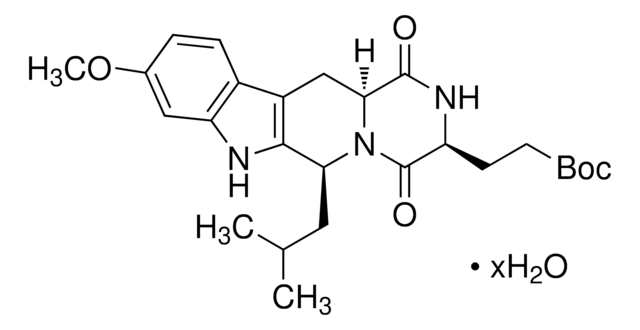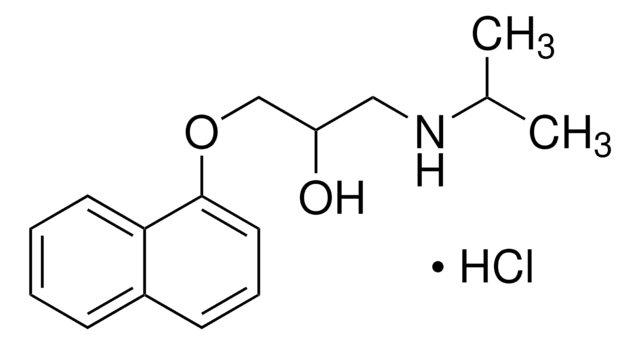V4629
(±)-Verapamil hydrochloride
≥99% (titration), powder, α1-adrenoceptor antagonist
Synonym(s):
5-[N-(3,4-Dimethoxyphenylethyl)methylamino]-2-(3,4-dimethoxyphenyl)-2-isopropylvaleronitrile hydrochloride
About This Item
Recommended Products
product name
(±)-Verapamil hydrochloride, ≥99% (titration), powder
Quality Level
Assay
≥99% (titration)
form
powder
color
white
mp
142 °C (dec.) (lit.)
solubility
methanol: 50 mg/mL
ethanol: soluble
SMILES string
Cl.COc1ccc(CCN(C)CCCC(C#N)(C(C)C)c2ccc(OC)c(OC)c2)cc1OC
InChI
1S/C27H38N2O4.ClH/c1-20(2)27(19-28,22-10-12-24(31-5)26(18-22)33-7)14-8-15-29(3)16-13-21-9-11-23(30-4)25(17-21)32-6;/h9-12,17-18,20H,8,13-16H2,1-7H3;1H
InChI key
DOQPXTMNIUCOSY-UHFFFAOYSA-N
Gene Information
human ... ADRA1A(148) , ADRA1B(147) , ADRA1D(146) , CACNA1C(775) , CACNA1D(776) , CACNA1F(778) , CACNA1S(779)
Looking for similar products? Visit Product Comparison Guide
Application
- to inhibit calcium oscillation in fertilized oocyte
- to block calcium channel, thereby blocking the action of IL-1β (interleukin-1β), resulting in membrane depolarization
- to investigate the effect of verapamil on cytotoxicity of 1,3-dilinoleoylglycerol (DLG)
Biochem/physiol Actions
Features and Benefits
Signal Word
Danger
Hazard Statements
Precautionary Statements
Hazard Classifications
Acute Tox. 3 Oral - Aquatic Chronic 2
Storage Class Code
6.1C - Combustible acute toxic Cat.3 / toxic compounds or compounds which causing chronic effects
WGK
WGK 3
Flash Point(F)
Not applicable
Flash Point(C)
Not applicable
Personal Protective Equipment
Certificates of Analysis (COA)
Search for Certificates of Analysis (COA) by entering the products Lot/Batch Number. Lot and Batch Numbers can be found on a product’s label following the words ‘Lot’ or ‘Batch’.
Already Own This Product?
Find documentation for the products that you have recently purchased in the Document Library.
Articles
AldeRed™ 588-A is a red fluorescent live cell probe that detects ALDH activity used to identify cancer stem cells and progenitor cells in culture. Cancer stem cells (CSCs) are subpopulations of cancer cells that can self-renew, generate diverse cells in the tumor mass, and sustain tumorigenesis. Some researchers believe that cancer arises from cancer stem cells that originate as a result of mutational hits on normal stem cells.
Related Content
Discover Bioactive Small Molecules for ADME/Tox
Our team of scientists has experience in all areas of research including Life Science, Material Science, Chemical Synthesis, Chromatography, Analytical and many others.
Contact Technical Service